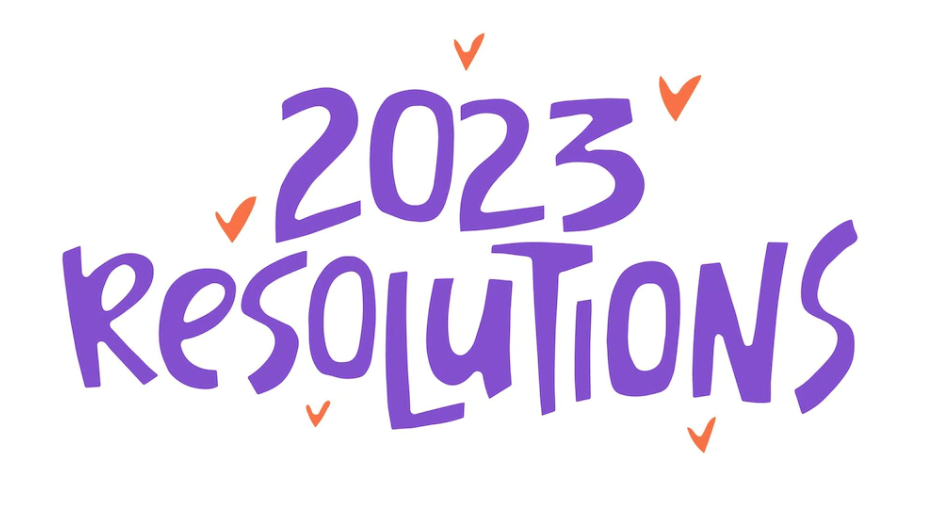
I always think of myself as a positive person. When confronted with problems or issues, I usually strive to control my emotions, reason, and be optimistic about moving forward. Friends and colleagues often refer to me as the “glass-half-full guy.” However, lately, I find myself more often discouraged and less optimistic. I am perhaps spending more time keeping current with news concerning the events in the world. The negative nature captures the media headlines, whether in the economy, politics, or social behavior. My environment has also changed since I am no longer working full time, which gave me opportunities to meet many new people and observe many different schools. Those personal observations provide a more accurate perspective and make us realize that there are vastly more positive experiences in the world than negative ones. When you lack first-hand observations and rely on the media for your information, you have no personal experiences the counter the negative. It tends to make you more cynical, and it takes willpower to maintain that positive attitude.
As I reflect on the decades of my education experience, I can see progress in many areas and hope that my contributions have positively impacted some. Yet, there remains much to do in improving student achievement, particularly in the wake of the pandemic. The media points out student achievement declines and increasing demographic gaps. Parents are frustrated, and teachers and administrators are burned out. It is easy for education and political leaders to propose solutions to these problems with government tools, primarily money and regulation. While regulation and money are essential, they are not the most effective way to forge a path to improvement.
One of my past educator experiences was visiting several outstanding high schools in this country. With my colleagues, we reflected on the common characteristics of these exceptional schools. What made them different? They served challenging populations that many schools do, yet they did not suffer the same problems. They were highly effective. The most common characteristic seen in all schools was the remarkably high level of staff collaboration driven by leadership and positive personal and professional values. This collaboration enabled groups of teachers to solve problems and create innovations, often without going through a chain of command or higher leadership to get permission. They knew the organization’s goals and the leadership vision and constantly worked to increase its effectiveness.
This aspect of frontline problem-solving to improve organizations, as I saw in these high-performing schools, is not a unique nor an original approach. One of the organizational models which takes this approach is appreciative inquiry. In contrast to a traditional problem-solving model, which defines the problem, identifies potential solutions, and picks a solution to move forward, the appreciative inquiry takes a broader approach. Instead of focusing on the often negative situation, the appreciative inquiry model focuses on what works well within the organization and how those successful practices could be expanded or modified to address the problem. It takes an approach of problem-solving from focusing on the positive rather than dwelling on the negative. You can learn more about appreciative inquiry from this video or some of the many publications.
In the new year, I am resolving not to let the challenging issues in education and society dim my positivity. Despite the many challenges in education, thousands of teachers do great work with students every day. I resolve to appreciate their work and find ways to support it and replicate that in every classroom in a school. In my writing, I constantly remind myself of all the good things happening in education and continuously ask questions about how those positive practices can be expanded to benefit more students.
